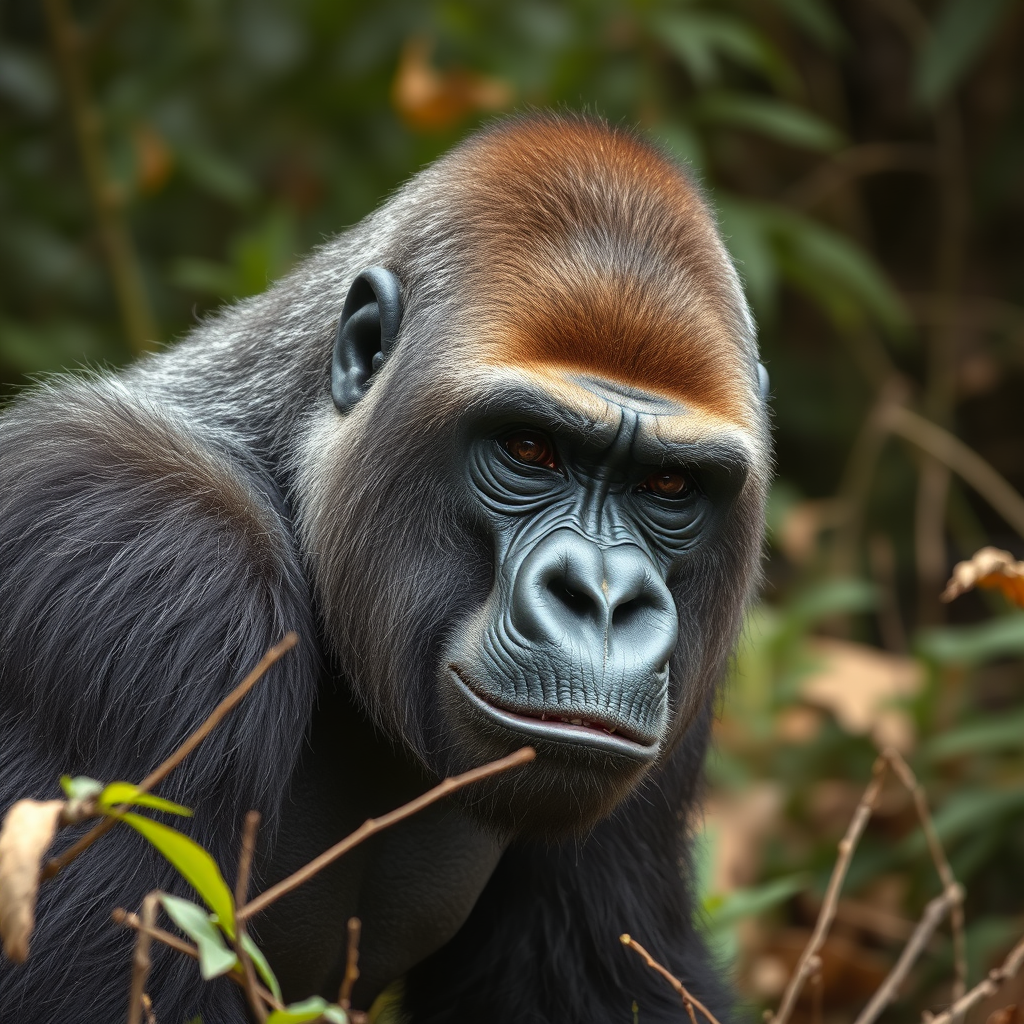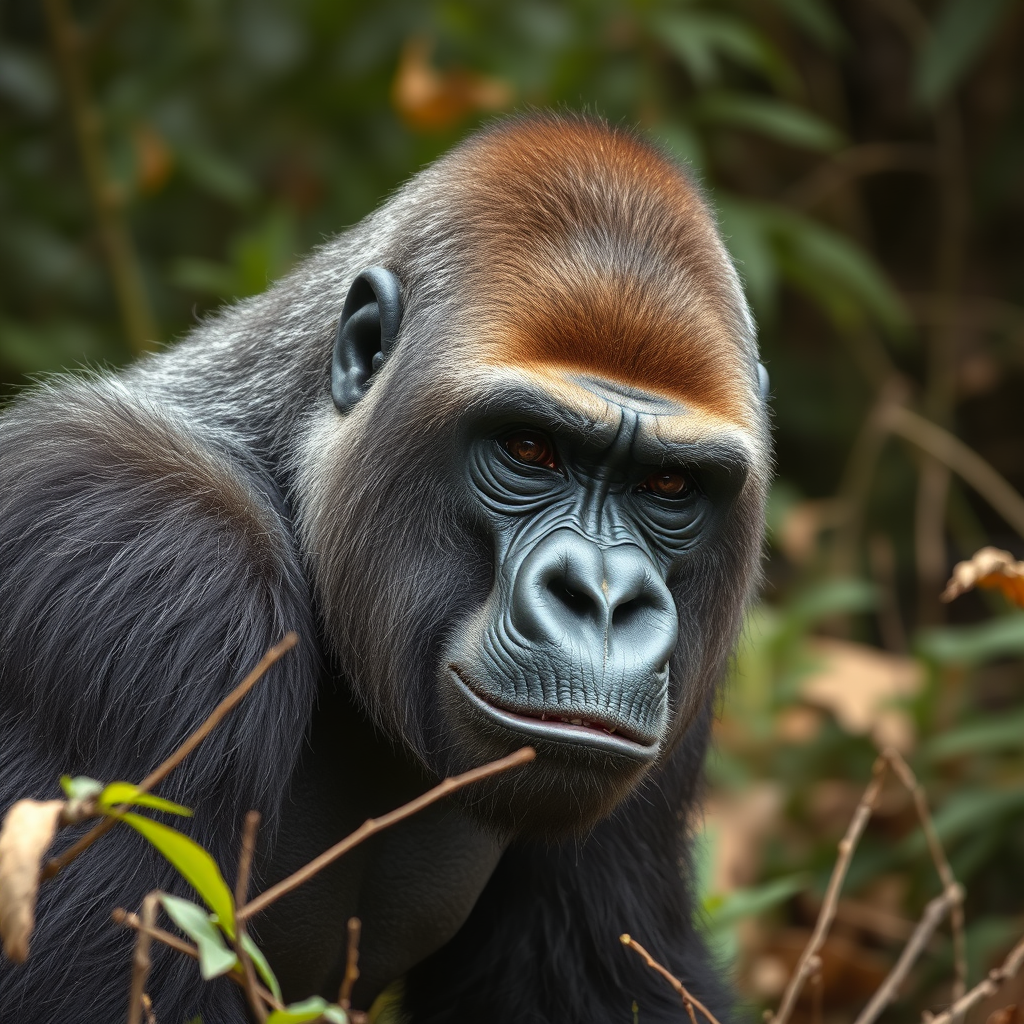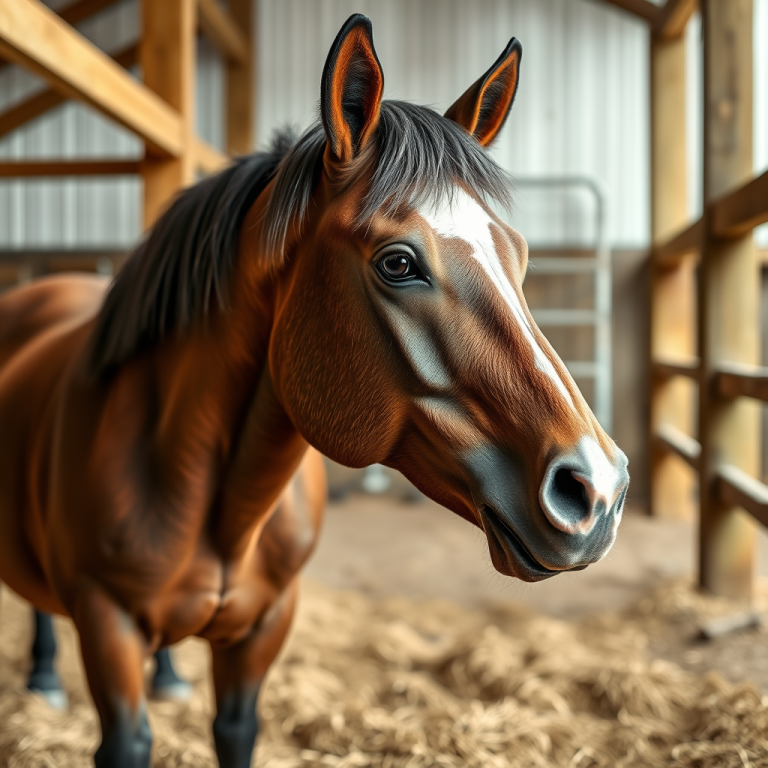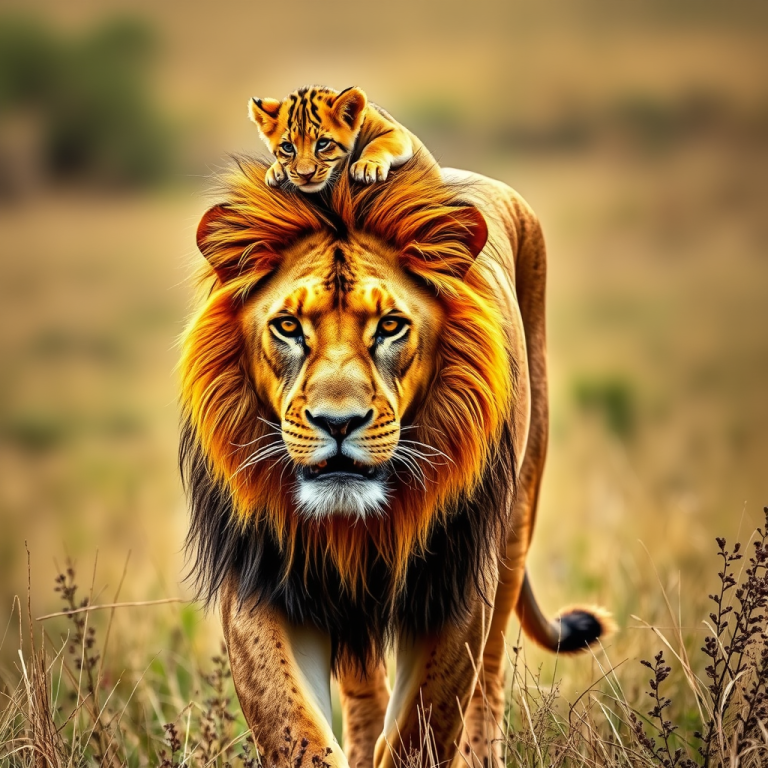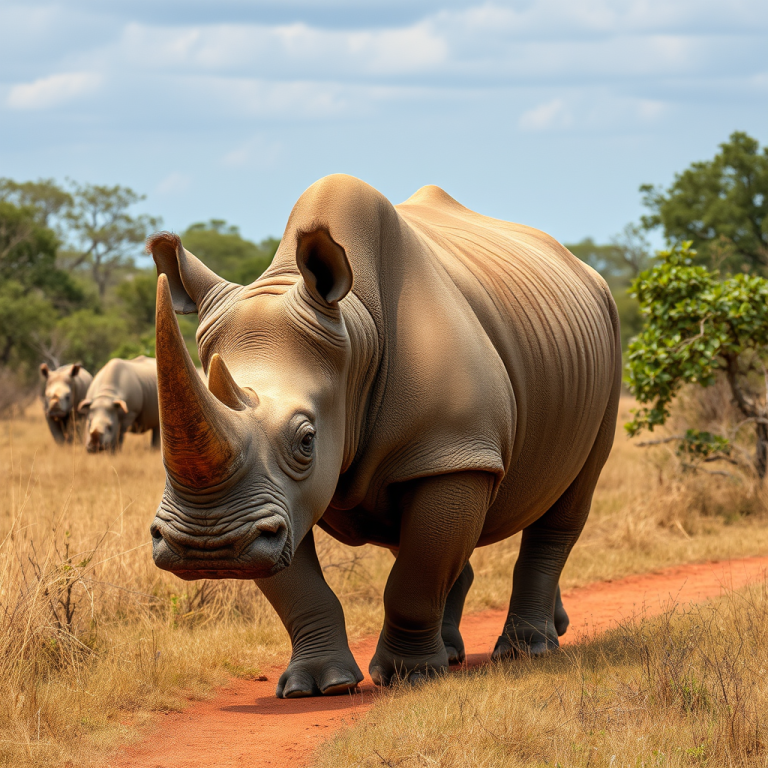Strong and Silent: The Power and Presence of Gorillas
There’s something about gorillas that feels both ancient and deeply human. They move through the forests with a presence that can only be described as powerful—but not in an aggressive way. Their strength is quiet. Controlled. Gorillas are built like tanks, but they’re also thoughtful, emotionally complex, and deeply bonded to their families. When you learn more about them, you start to realize how misunderstood they often are.
Built for Power
Gorillas are the largest and heaviest primates on the planet. An adult male, known as a silverback, can weigh anywhere from 350 to 450 pounds and stand up to six feet tall when upright. Their strength is nearly unmatched in the animal kingdom—they can lift over 1,000 pounds if needed and are estimated to be 8 to 10 times stronger than the average human. Their upper bodies are especially powerful, with long arms that stretch down past their knees, helping them walk on their knuckles and climb with ease.
But despite this strength, gorillas rarely use it for violence. Most of the time, silverbacks resolve conflict through displays—standing tall, beating their chests, or letting out deep roars—not by actually fighting. Their power lies in their ability to intimidate and protect without going straight to aggression.
Intelligence Beneath the Surface
Gorillas don’t just rely on strength—they’re also incredibly smart. Sharing about 98% of their DNA with humans, they show signs of emotional intelligence, problem-solving, and even language comprehension. Famous gorillas like Koko learned over 1,000 signs in sign language and could understand spoken English. She communicated her feelings, played with pets, and even mourned the death of her kitten.
In the wild, gorillas use sticks to test water depth, strip leaves for tools, and teach younger ones by example. Their intelligence also shows in their planning. Some gorillas have been seen quietly sneaking food when dominant members weren’t watching or remembering safe paths through their territory based on past experiences.
Deep Family Bonds
One of the most beautiful parts of gorilla life is their commitment to family. Gorillas live in troops, which are tight-knit social groups made up of one silverback, several females, and their offspring. The silverback leads the troop, deciding when to move, where to eat, and how to respond to threats. He also plays a role in helping raise the young and keeping peace within the group.
Gorilla mothers are incredibly attentive. They carry their babies everywhere, nurse them for several years, and are constantly grooming, comforting, and teaching. Young gorillas stay close to their mothers for a long time and often stay in their birth groups until adolescence. Juvenile gorillas are playful and social, and play is actually an important part of how they learn to interact with each other and the world around them.
When a troop loses a member, especially a baby or a long-time silverback, the grief is visible. Gorillas have been known to sit quietly beside deceased members, grooming them or refusing to leave their side for hours. It’s a reminder that emotional depth and empathy exist well beyond humans.
What Fuels a Gorilla?
For such a strong animal, gorillas have a surprisingly gentle diet. They’re primarily herbivores, feeding on leaves, stems, fruits, bark, and roots. Occasionally, they’ll eat ants or termites, but meat is not a regular part of their diet. An adult gorilla can eat up to 40 pounds of vegetation in a single day just to keep up with the energy their massive bodies burn.
Gorillas have large jaws and strong teeth designed to chew through tough, fibrous plant material like bamboo stalks and wild celery. Mountain gorillas especially rely on low-sugar, high-fiber plants that grow in their cooler, higher-altitude environments.
Where Gorillas Live and Why They’re at Risk
Gorillas are found in the dense rainforests of Central and West Africa. There are two main species: the Eastern gorilla and the Western gorilla. These are further divided into subspecies like the mountain gorilla and the critically endangered Cross River gorilla.
Gorillas are currently on the endangered species list, with some populations at critical risk. Their greatest threats include habitat loss due to deforestation, poaching, illegal wildlife trade, and diseases like Ebola, which can wipe out large numbers of gorillas in a short time.
Conservation efforts have increased in recent years, with protected areas, anti-poaching patrols, and education programs helping to raise awareness. Ecotourism has also provided income for local communities, giving them a reason to protect gorilla populations instead of exploiting them.
Gorilla Myths vs. Reality
Gorillas are often portrayed as wild and dangerous in movies and media, but the reality is far from that. They are shy, peaceful, and mostly avoid humans unless provoked. If threatened, a silverback may try to scare you off with chest-beating or loud vocalizations, but real attacks are rare. Most gorillas prefer calm, quiet lives deep in the forest where they can care for their families and forage in peace.
Final Thoughts
Gorillas are the perfect example of what it means to be strong without being violent. Their power is unmatched, but so is their patience. They remind us that leadership can be protective rather than aggressive, and that intelligence and emotion are just as important as muscle. Watching a silverback sit silently while his troop grazes nearby, or seeing a baby gorilla cling to its mother, it becomes clear—gorillas aren’t just strong animals. They’re some of the most emotionally rich and awe-inspiring creatures we share this planet with.
If you’re curious about the wonders of wildlife, stick around—there’s a whole world to explore at Wonder of Wild.
